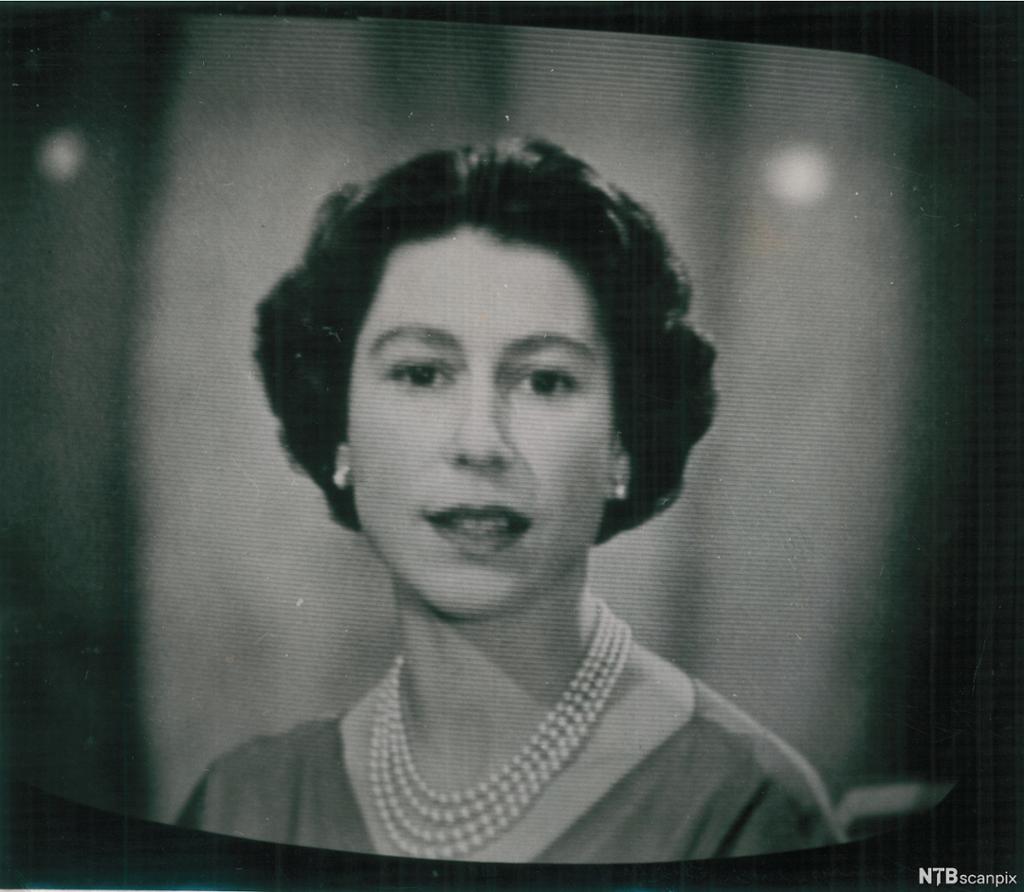From the First TVs to Streaming

From the first TVs to streaming
Television began with simple mechanical devices in the 1840s, called facsimile machines. These machines used wire transmission to project a simple image onto a screen. The first mechanical televisions were created in the 1920s by the Scottish inventor, John Logie Baird, and the American inventor, Francis Jenkins. However, it was the invention of the electronic television, by Philo Taylor Farnsworth, in 1927, that would lead to television becoming a global phenomenon. Baird, Jenkins, and Farnsworth are all referred to with the honorific "the father of television".
The first TV stations were established in the late 1920s, but TV sets were not commercially available until 1938. Once TVs were available to buy they became very popular. It was common for TVs to be sold on instalment plans, where the buyer would make weekly or monthly payments until the TV was paid for. This made it possible for a larger number of people to get this exciting new form of entertainment.
The first TV sets showed images only in black and white, so a race was on to develop a system that could broadcast colour. By 1955 this technology was available in the USA, but it would still take a long time before it came into use in all parts of the world. Norway, for example, didn't get colour television until 1972.

National TV stations contributed to a shared sense of identity. People watched the same TV series, cooking shows, game shows and so on. The next day people could discuss what they had watched on TV with colleagues, friends or family, knowing they would have seen it too. Specific time slots were set aside for children's television and for family entertainment.
TV also allowed leaders a new opportunity to speak directly to the people. Harry S. Truman became the first President to give a televised speech in 1947, while Queen Elizabeth II became the first British monarch to speak on TV in 1957.

In the 1980s access to cable television became more common, giving people a greater choice of what to watch on TV. Satellite technology meant you were no longer just limited to what was on offer from national networks. New channels were tailored to fit specific age groups. MTV became a popular channel for teenagers, in the beginning offering mainly music videos, while the Disney Channel focused on children as the audience. The 1980s also saw the Video Cassette Recorder, or VCR for short, become commonly available. Now people could record TV to watch it later or watch films whenever they wanted. These advances in technology meant that people could no longer be sure that what they had watched on TV the night before would be what colleagues talked about around the watercooler.
The first popular video streaming site was YouTube, established in 2005. YouTube was initially free, and allowed people to upload their home videos, and share them with a larger audience. Some videos were more popular than others, becoming viral videos.

With advances in streaming technology people's viewing options have become almost limitless. Some have abandoned linear TV entirely, opting instead to stream the content they like, when they want to. With individual screens it is possible for families to watch entirely different content at the same time. Subscriptions to providers like Netflix, HBO, Amazon Prime, YouTube and others have become commonplace. This has consequences for ad-revenues and license fees for the traditional networks, and they must look for new solutions to stay afloat.
In the past TV provided people with a sense of community even while sitting alone in their living rooms. Streaming services, on the other hand, contribute to a sense of individuality: more than ever we are what we like. We make decisions about what to watch based on what appeals to us in the moment, and if it turns out not to suit us we can simply switch to something else. What we watch can both support and influence our view of the world. We never have to sit through something we do not care for, or which bores, challenges, or upsets us. The change from traditional TV to streaming reflects a change in our society towards a stronger sense of individualism. It will be interesting to see where technology takes this form of entertainment next.
Related content
Tasks for the article From the first TVs to Streaming.